Home>Technology>Home Entertainment Systems>What Is Streaming Television?


Home Entertainment Systems
What Is Streaming Television?
Published: December 20, 2023
Discover the benefits of streaming television for your home entertainment system. Learn how to enhance your viewing experience with the latest technology.
(Many of the links in this article redirect to a specific reviewed product. Your purchase of these products through affiliate links helps to generate commission for Storables.com, at no extra cost. Learn more)
Introduction
Welcome to the world of streaming television, where entertainment is just a click away. In this digital age, the way we consume television has undergone a remarkable transformation. Gone are the days of traditional cable and satellite TV monopolizing our living rooms; now, streaming television has emerged as a game-changer, offering unparalleled convenience and a vast array of content at our fingertips.
Streaming television has revolutionized the entertainment industry, allowing viewers to access their favorite shows, movies, and live events on a variety of devices, from smart TVs and computers to smartphones and tablets. This article delves into the intricacies of streaming television, shedding light on how it works, the different types of services available, and the pros and cons of this popular form of entertainment.
So, grab your remote (or smartphone) and get ready to explore the fascinating world of streaming television!
Key Takeaways:
- Streaming television offers on-demand viewing, multi-device accessibility, and personalized recommendations, revolutionizing home entertainment with cost-effective alternatives and a global reach.
- While streaming TV provides diverse content and ad-free options, viewers should consider internet dependency, subscription fatigue, and content licensing challenges for a balanced viewing experience.
Read more: What Are The Advantages Of Streaming Services Such As Netflix Over Cable Television Providers?
Definition of Streaming Television
Streaming television, often referred to as streaming TV or simply streaming, is a method of delivering video content over the internet. Unlike traditional broadcast or cable television, which relies on scheduled programming and fixed channels, streaming television allows users to watch video content on-demand, at their convenience. This on-demand feature is one of the defining characteristics of streaming TV and has significantly contributed to its widespread popularity.
Streaming television services utilize the internet to transmit audiovisual content to viewers’ devices in real time. This content can range from movies and TV shows to live sports events and news broadcasts. By leveraging high-speed internet connections, streaming TV providers deliver seamless, high-quality video directly to the screens of their subscribers, offering a level of flexibility and freedom that was previously unimaginable with traditional television platforms.
Moreover, streaming television is not limited to a specific type of device. Viewers can access streaming content on a variety of gadgets, including smart TVs, laptops, desktop computers, smartphones, tablets, and even dedicated streaming devices such as Roku, Amazon Fire TV, and Apple TV. This versatility underscores the adaptability and convenience of streaming television, catering to the diverse preferences and lifestyles of modern consumers.
Furthermore, streaming television is often associated with over-the-top (OTT) media services, which deliver content directly to viewers over the internet, bypassing traditional distribution channels. OTT platforms have reshaped the entertainment landscape by offering a wealth of content options, personalized recommendations, and user-friendly interfaces, all of which contribute to an enhanced viewing experience.
In essence, streaming television represents a paradigm shift in how audiences access and engage with video content. Its dynamic, on-demand nature and compatibility with various devices have propelled it to the forefront of the entertainment industry, redefining the way we consume television and revolutionizing the concept of home entertainment.
How Does Streaming Television Work?
Streaming television operates on a fundamentally different principle than traditional broadcast or cable TV. Instead of relying on scheduled programming and fixed channels, streaming TV leverages the power of the internet to deliver video content to viewers in real time, offering unparalleled flexibility and convenience.
At the core of streaming television technology is the concept of data streaming, which involves the continuous transmission of audiovisual data over the internet. When a viewer selects a show or movie to watch on a streaming platform, the content is delivered to their device through a series of data packets, allowing for seamless playback without the need for large file downloads.
Central to the functioning of streaming television is the use of content delivery networks (CDNs), which are geographically distributed networks of servers designed to optimize the delivery of web content. CDNs play a crucial role in ensuring that streaming TV services can efficiently transmit video data to viewers across different locations, minimizing buffering and latency issues.
Furthermore, the encoding and compression of video content are integral to the streaming process. Before being transmitted over the internet, video files are encoded into various digital formats to ensure compatibility with different devices and internet connection speeds. Additionally, compression techniques are applied to reduce the size of video files without compromising quality, enabling smoother streaming experiences for users with varying bandwidth capabilities.
When a user initiates playback of a streaming television program, their device sends a request to the streaming service’s servers, which then respond by transmitting the content in small, sequential chunks. As these data packets arrive at the viewer’s device, they are reassembled and played back in real time, allowing for a seamless and uninterrupted viewing experience.
Moreover, streaming television platforms often employ adaptive bitrate streaming, a technology that dynamically adjusts the quality of the video stream based on the viewer’s internet connection speed. This adaptive approach ensures that users with slower connections can still enjoy smooth playback by automatically switching to lower-resolution streams, while those with faster connections receive higher-quality video.
In summary, streaming television harnesses the internet’s capabilities to deliver on-demand video content to a diverse array of devices, offering viewers the freedom to watch their favorite shows and movies anytime, anywhere. By embracing innovative technologies such as CDNs, video encoding, and adaptive bitrate streaming, streaming TV services have redefined the way audiences engage with entertainment, ushering in a new era of personalized, accessible home viewing.
Types of Streaming Television Services
The world of streaming television encompasses a diverse array of services, each offering unique features and content libraries to cater to different viewer preferences. From subscription-based platforms to ad-supported services, the streaming TV landscape presents a rich tapestry of options for audiences seeking on-demand entertainment. Here are some of the prominent types of streaming television services:
- Subscription Video-on-Demand (SVOD) Services: SVOD platforms, such as Netflix, Amazon Prime Video, and Hulu, operate on a subscription model, granting subscribers access to a vast library of movies, TV shows, and original content for a monthly fee. These services are ad-free and offer the flexibility to watch content on multiple devices.
- Ad-Supported Video-on-Demand (AVOD) Services: AVOD platforms, including YouTube and Pluto TV, provide free access to a wide range of video content supported by advertisements. Users can enjoy movies, TV shows, and user-generated content without a subscription fee, with ad breaks interspersed throughout the viewing experience.
- Live TV Streaming Services: These services, exemplified by Sling TV, YouTube TV, and fuboTV, deliver live television channels over the internet, offering a cable-like experience without the need for traditional cable or satellite subscriptions. Viewers can access live sports, news, and entertainment programming on various devices.
- Freemium Services: Freemium streaming platforms, such as Peacock and CBS All Access, combine free, ad-supported content with premium subscription tiers that unlock additional features and exclusive shows. This hybrid model provides users with the option to access a limited selection of content for free or upgrade to a premium experience.
- Niche Content Platforms: These specialized streaming services focus on specific genres or interests, catering to niche audiences with curated content. Examples include Shudder for horror enthusiasts, Crunchyroll for anime fans, and CuriosityStream for documentary aficionados.
Additionally, many traditional media companies and television networks have launched their own streaming platforms to adapt to the evolving digital landscape, offering both on-demand and live streaming options to engage with audiences across various demographics.
Each type of streaming television service brings its own set of advantages and content offerings, allowing viewers to tailor their entertainment experiences to align with their preferences and viewing habits. Whether it’s binge-watching a hit series, catching up on live sports events, or exploring niche genres, the diverse ecosystem of streaming TV services ensures that there’s something for everyone in the ever-expanding realm of digital entertainment.
Streaming television refers to the delivery of television content over the internet, allowing viewers to watch shows and movies on demand. It requires a stable internet connection and a compatible device, such as a smart TV, computer, or smartphone.
Advantages of Streaming Television
Streaming television has ushered in a new era of entertainment consumption, offering a host of advantages that have reshaped the way audiences engage with video content. From flexibility and customization to diverse content libraries, streaming TV services have revolutionized the home entertainment experience. Here are some of the key advantages of streaming television:
- On-Demand Viewing: One of the most significant advantages of streaming TV is the ability to watch content on-demand. Viewers can access a vast library of movies, TV shows, and original programming at any time, eliminating the constraints of scheduled programming and allowing for personalized viewing experiences.
- Multi-Device Accessibility: Streaming television services can be accessed on a wide range of devices, including smart TVs, computers, smartphones, and tablets. This multi-device accessibility enables viewers to enjoy their favorite content at home or on the go, seamlessly transitioning between different screens.
- Personalized Recommendations: Many streaming platforms utilize sophisticated algorithms to analyze viewing habits and provide personalized recommendations to users. This tailored approach helps viewers discover new content based on their interests, enhancing the overall viewing experience.
- Ad-Free Options: Subscription-based streaming services often offer ad-free viewing experiences, allowing users to indulge in uninterrupted entertainment without commercial interruptions. This ad-free model contributes to a more immersive and seamless viewing environment.
- Original Content and Exclusives: Streaming TV providers have invested heavily in producing original content, including acclaimed series, films, and documentaries. Additionally, many platforms secure exclusive rights to certain shows and movies, offering unique content that cannot be found on traditional television.
- Cost-Effective Alternatives: For many consumers, streaming television presents a cost-effective alternative to traditional cable or satellite TV subscriptions. With a wide range of pricing tiers and flexible subscription options, viewers can tailor their entertainment expenditures to suit their budgets and preferences.
- Global Accessibility: Streaming television transcends geographical boundaries, allowing viewers around the world to access international content and explore diverse cultural offerings. This global accessibility broadens the horizons of entertainment, fostering cross-cultural connections and exposure to a rich tapestry of media.
These advantages collectively contribute to the appeal of streaming television, offering viewers unparalleled flexibility, customization, and content diversity. As the streaming TV landscape continues to evolve, these benefits underscore the transformative impact of digital entertainment on the modern home viewing experience.
Read more: How To Stream On A Projector
Disadvantages of Streaming Television
While streaming television has revolutionized the way we consume entertainment, it is not without its drawbacks. Understanding the potential disadvantages of streaming TV services is essential for a comprehensive assessment of this popular form of home entertainment. Here are some of the notable disadvantages of streaming television:
- Internet Dependency: Streaming television relies on a stable internet connection for seamless playback. In areas with limited or unreliable internet access, viewers may encounter buffering, low video quality, or interruptions, hindering the overall viewing experience.
- Subscription Fatigue: With the proliferation of streaming services, some consumers may experience subscription fatigue, as managing multiple subscriptions to access desired content can become cumbersome and costly. This fragmentation of content across various platforms may lead to decision fatigue and increased expenses.
- Content Licensing and Rotation: Streaming platforms’ content libraries are subject to licensing agreements, leading to the periodic removal and addition of titles. Viewers may encounter frustration when favorite shows or movies are no longer available due to licensing changes, impacting their viewing preferences.
- Data Usage and Bandwidth Costs: Streaming high-definition content can consume significant amounts of data, potentially leading to higher internet service costs for users with data caps or limited broadband plans. This issue is particularly relevant for households with multiple viewers and simultaneous streaming activities.
- Technical Compatibility and Device Limitations: Different streaming platforms may have varying device compatibility, requiring users to ensure that their preferred devices support the respective apps or services. Additionally, some platforms impose limitations on the number of simultaneous streams per account, potentially affecting multi-user households.
- Content Discovery Challenges: While personalized recommendations are a hallmark of streaming television, some viewers may find it challenging to discover new content outside their established preferences. Navigating vast content libraries and finding hidden gems can be daunting, potentially leading to decision paralysis.
- Exclusivity and Fragmentation: Exclusive content agreements and platform-specific releases may result in content fragmentation, requiring viewers to subscribe to multiple services to access desired shows or movies. This exclusivity can lead to a fragmented viewing experience and increased financial commitments.
By acknowledging these potential disadvantages, viewers can make informed decisions about their streaming television experiences, considering factors such as internet reliability, subscription management, and content accessibility. While streaming TV offers unparalleled convenience and content diversity, addressing these drawbacks is crucial for optimizing the overall viewing experience in the digital age.
Conclusion
Streaming television has undeniably transformed the way we engage with entertainment, offering a dynamic and diverse landscape of on-demand content accessible across a myriad of devices. The evolution of streaming TV services has redefined home entertainment, presenting viewers with a wealth of advantages while posing certain challenges to navigate in the digital realm.
As the popularity of streaming television continues to soar, it is imperative for consumers to weigh the benefits and drawbacks of this innovative form of entertainment. From the convenience of on-demand viewing to the potential complexities of content fragmentation and subscription management, the streaming TV experience encompasses a spectrum of considerations that shape the modern viewing journey.
Amidst the advantages of personalized recommendations, ad-free options, and global accessibility, viewers must navigate the nuances of internet dependency, subscription fatigue, and technical compatibility. By embracing the transformative potential of streaming television while proactively addressing its limitations, audiences can curate tailored entertainment experiences that align with their preferences and lifestyle.
Ultimately, streaming television stands as a testament to the evolving nature of home entertainment, offering a compelling fusion of innovation, accessibility, and content diversity. As the digital landscape continues to evolve, the realm of streaming television remains a captivating frontier, inviting audiences to embark on a journey of personalized, on-demand entertainment that transcends traditional viewing paradigms.
So, whether you’re unwinding with your favorite series, exploring new genres, or tuning into live events, the world of streaming television awaits, ready to deliver an immersive and customizable viewing experience that reflects the dynamic tapestry of modern media.
Frequently Asked Questions about What Is Streaming Television?
Was this page helpful?
At Storables.com, we guarantee accurate and reliable information. Our content, validated by Expert Board Contributors, is crafted following stringent Editorial Policies. We're committed to providing you with well-researched, expert-backed insights for all your informational needs.
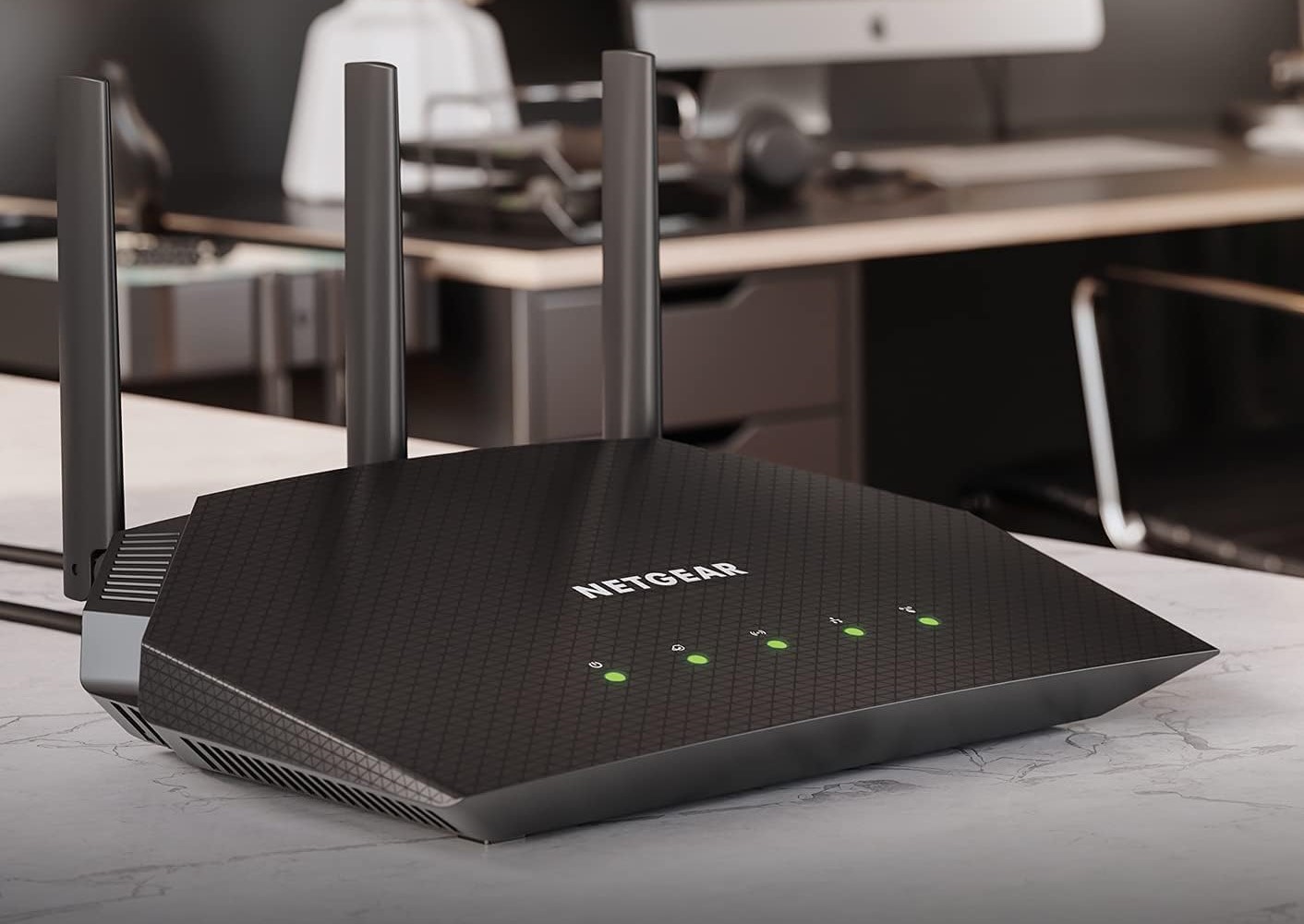
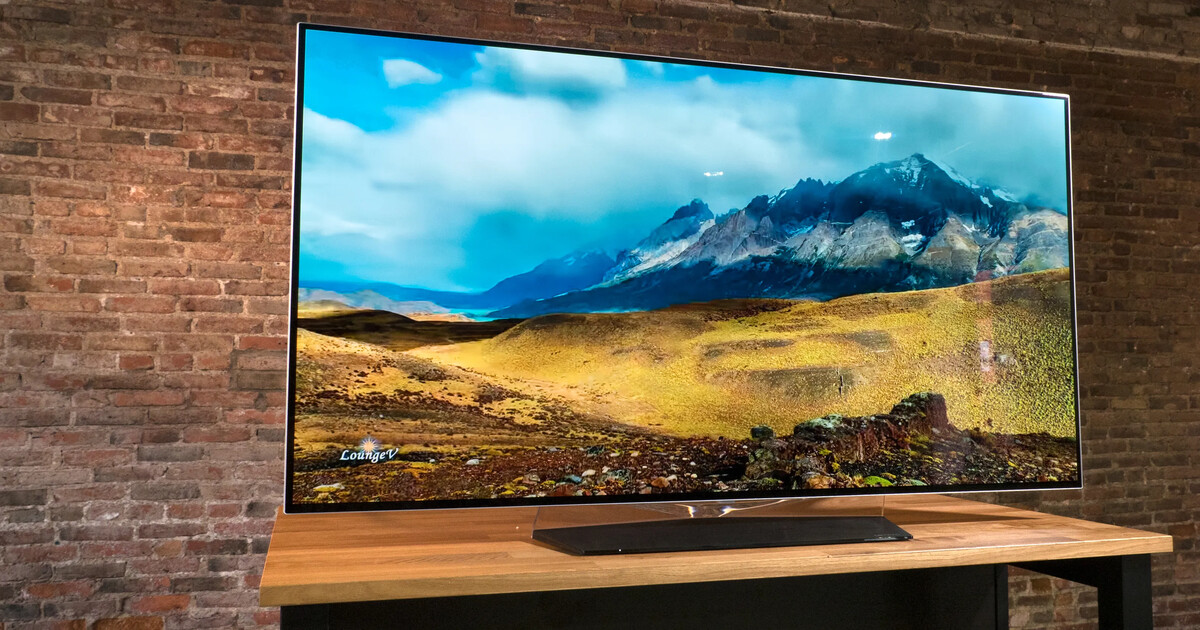

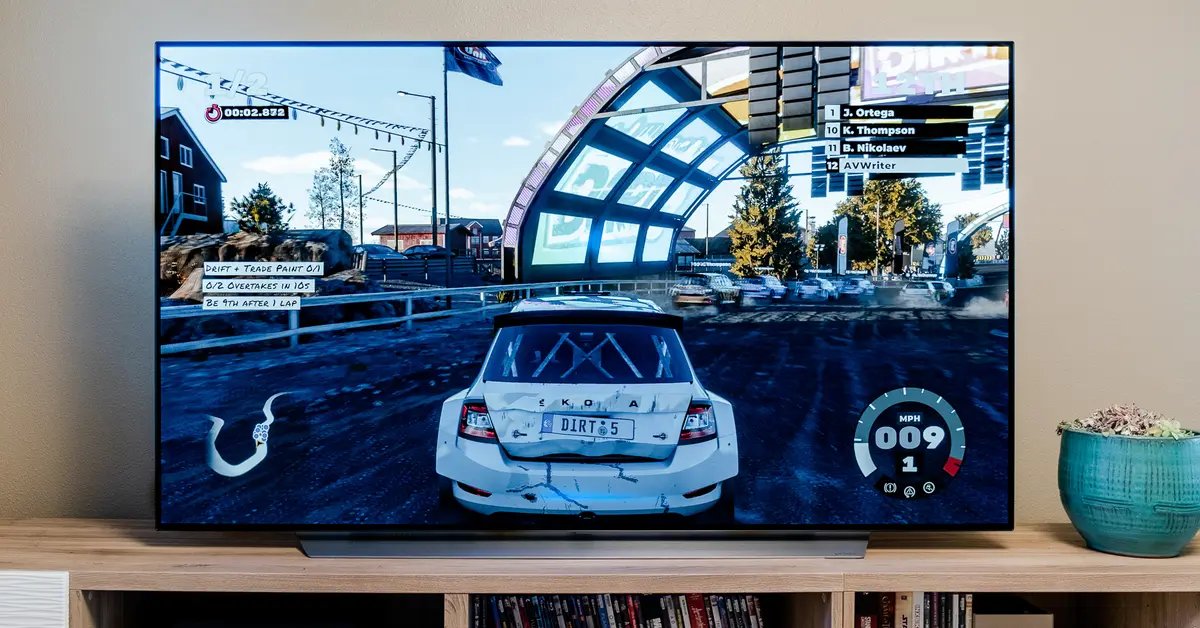




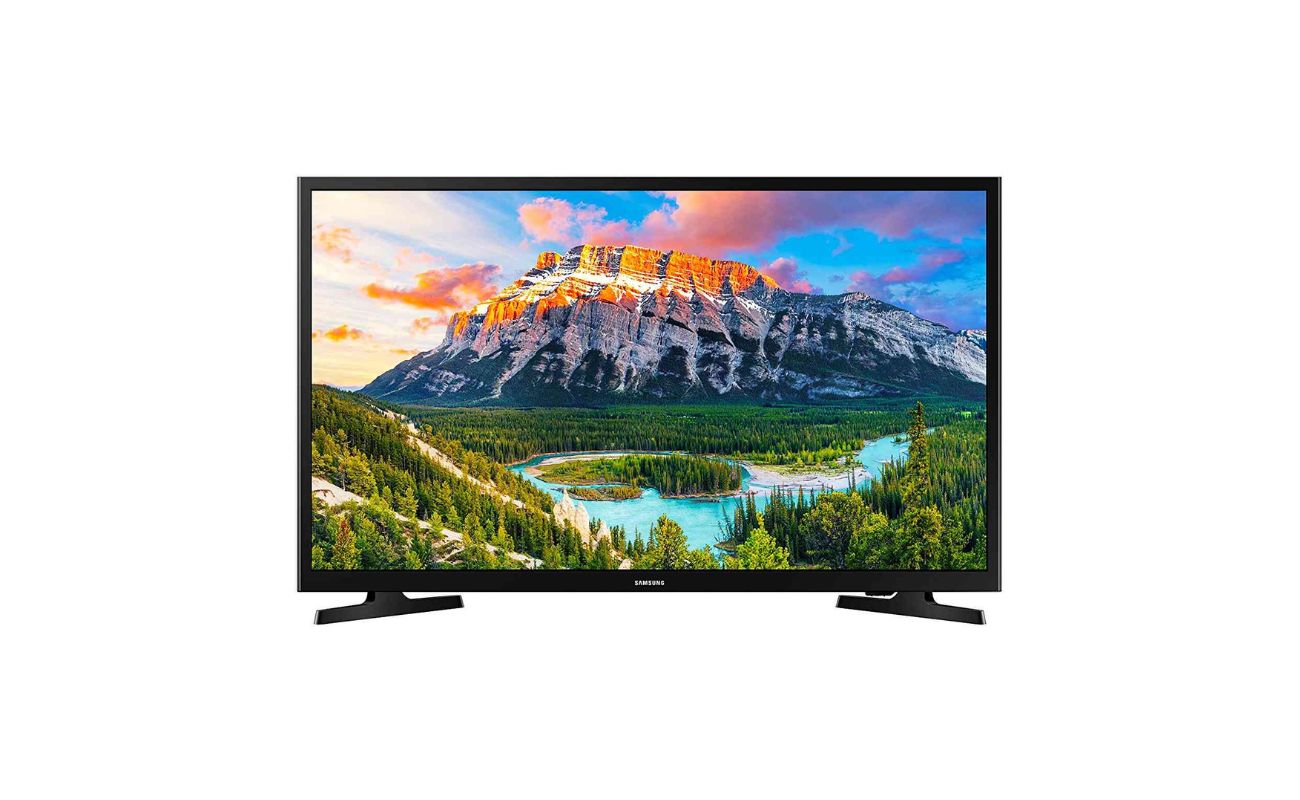
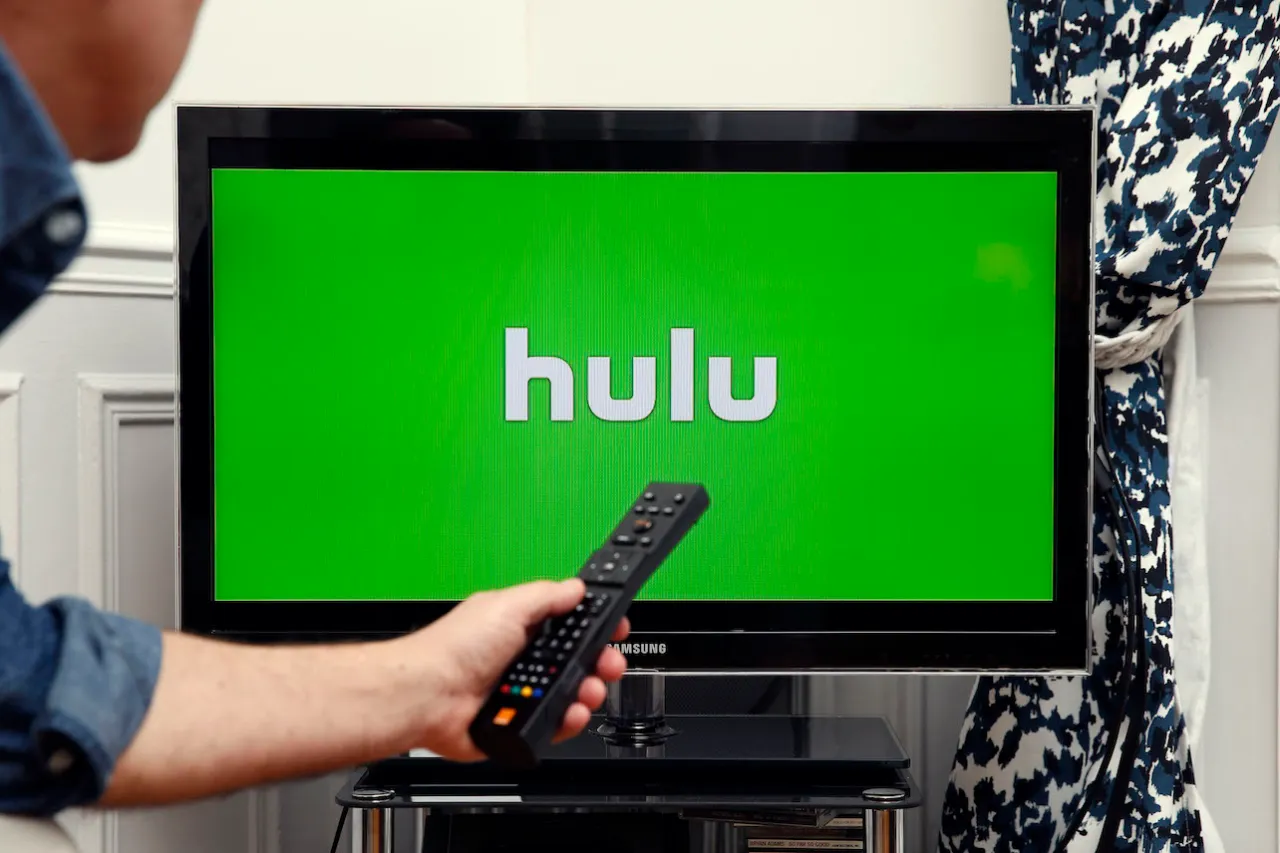

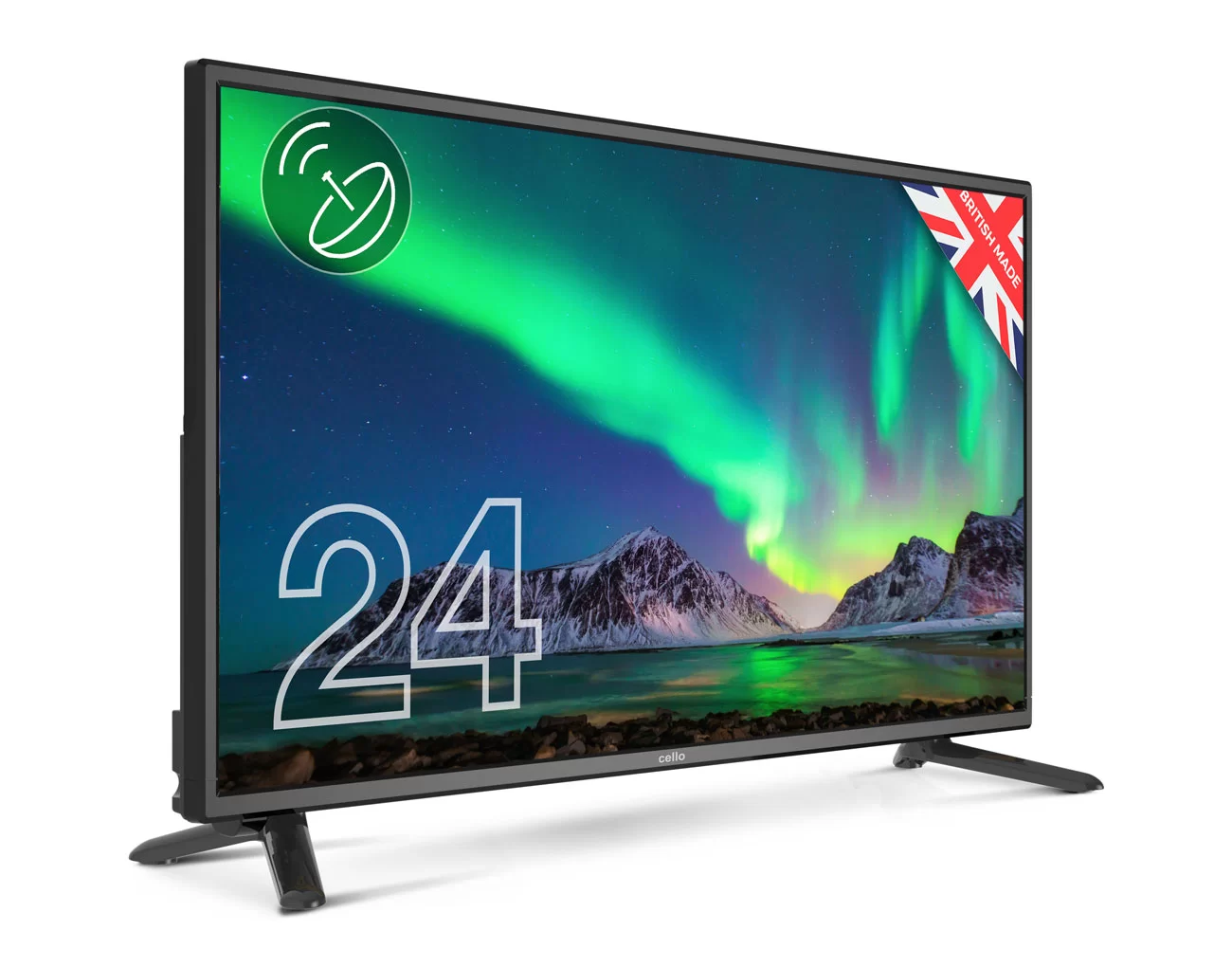



0 thoughts on “What Is Streaming Television?”